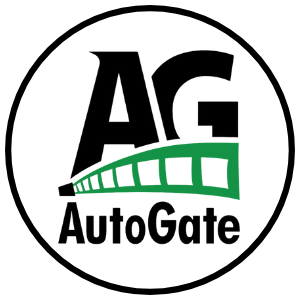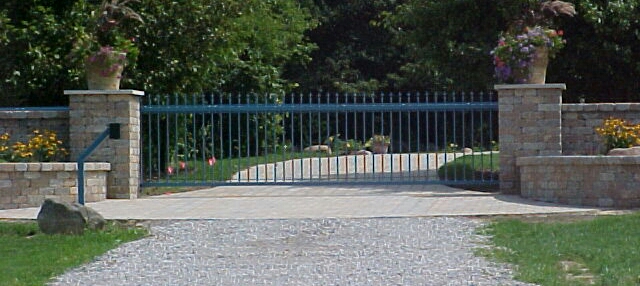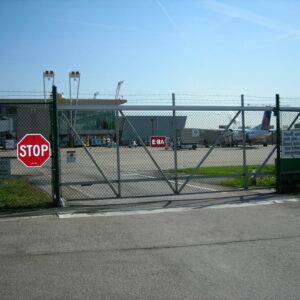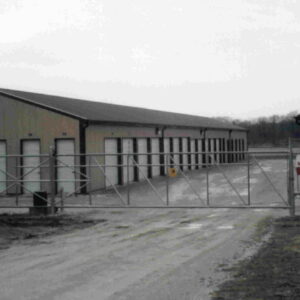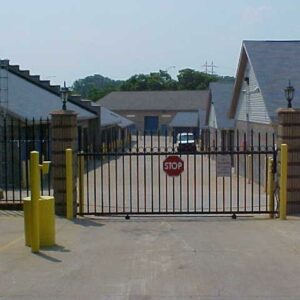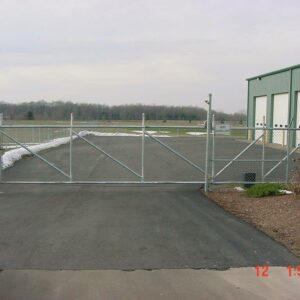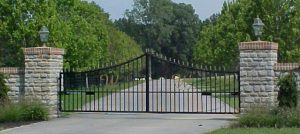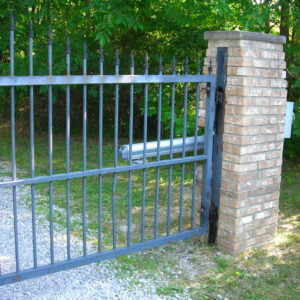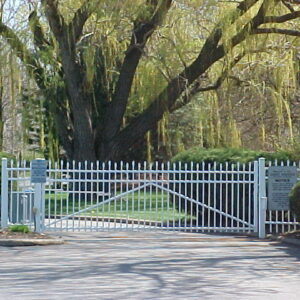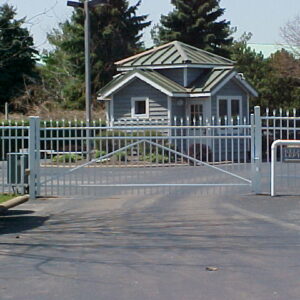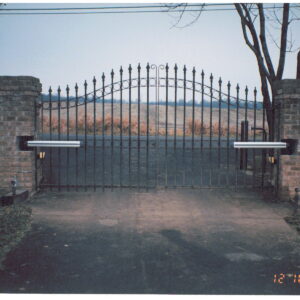SLIDE & SWING OPERATORS
Slide and Swing gates are popular and have been around for decades. If properly installed and serviced they can serve customers well in many applications. However, AutoGate Vertical Pivot systems have some clear advantages over slide and swing gates.
ADVANTAGES OF VERTICAL PIVOT GATE SYSTEMS:
SAFER – more incidents and injuries occur on SLIDE gates versus other automatic gates
QUICKER – Vertical Pivot gates open in 10-14 seconds, SLIDE and SWING open at one foot per second
SPACE SAVING – Vertical Pivot Gates require less space to open and close
ADAPTABLE TO ANY TERRAIN – Curbs, Driveway Crowns/Swales, and Contours are No Problem for a Vertical Pivot Gates
INCLEMENTAL WEATHER OPERATION – Vertical Pivot systems perform well in the cold and snow areas
REPAIRABILITY – if impacted Vertical Pivot Gates are relativity easy to straighten and continue to work flawlessly
COST ADVANTAGEOUS OVER TIME – Quicker and less expensive to install and a Lower cost of ownership
